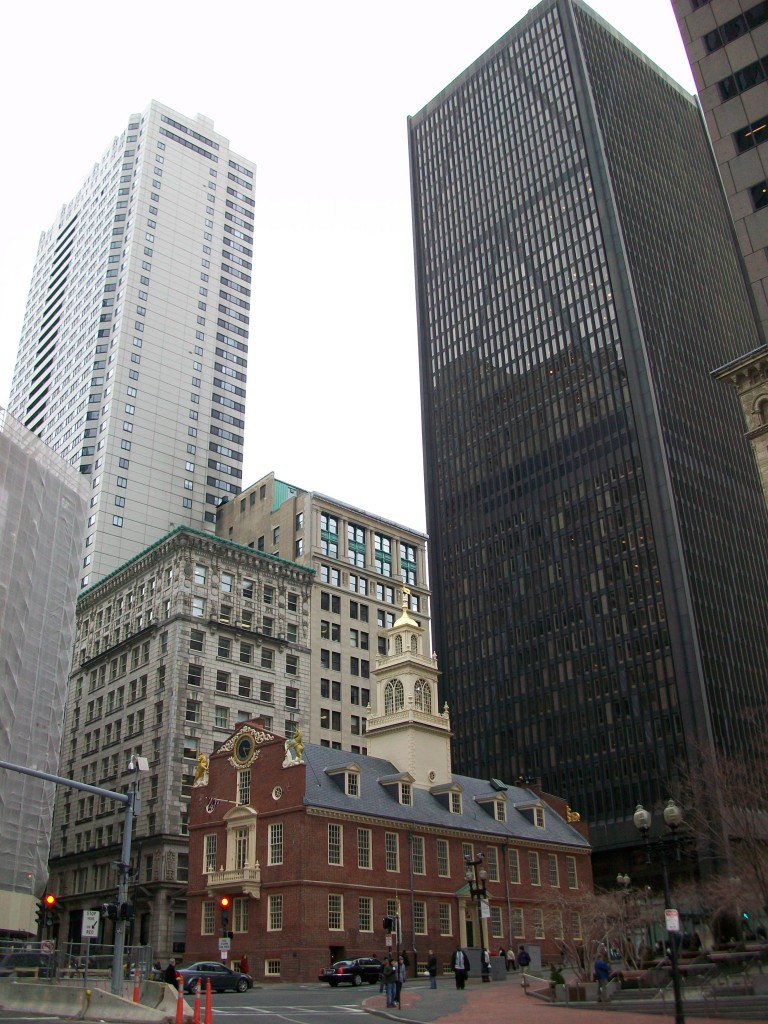In a shocking turn of events, I not only plan to stay on topic… but also submit my commentary early!!! The weekly readings tend to invoke some inner turmoil that I need to express.. Luckily for all of you, this week’s assignment was rather tame and to the point. No emotions here. Strictly business.
Nancy Proctor has been involved on the professional end, with what we are experimenting with in this course. Museums are great for us ‘niche’-types who genuinely find them interesting and could be lost for days in a single exhibit. However, we are but a fraction of the general population, especially when it comes to a tourist-driven market. In order to make the average citizen excited about seeing a bunch of “old stuff” (as Bran Ferren called it), it’s the museum staff’s job to tempt them to not only walk through the doors, but also spend money to experience the museum.
When I was in Boston, my tiny art school provided us with free admission to the surrounding museums, largely the Museum of Fine Arts. I would go there at least twice a week, and spend at minimum, three hours usually focusing on a specific exhibit, painter, movement, or what-have-you. I rarely spent any money there besides an occasional bottle of water, and I’m sure my school’s contribution to gain us access to the MFA was much lower than if myself and my thousands of classmates were to be charged at every admission. We weren’t the focus of these measures that Nancy Proctor spoke of. Us art students may have experimented once and a while, but our purpose was to approach the piece in the mindset of our discipline, not be told how to do it. Same with Historians… we tend to want to immerse ourselves in the artifacts and construct scenarios and explanations.
My mobile app is to contribute to the general public history regarding the cultural movements in the city. There is no specific museum or organization that would be interested in funding the research or development for the application, however the individuals whose history and heritage is to be celebrated in this experiment would see it as invaluable. The liability in this is obviously the cost, which could be partially (or hopefully) recouped through the revenue created in subscriptions, advertisements, or purchases. The minimal (if any) profit would not allow this to be my hypothetical concentration, or make it feasible for anyone to hire me for this purpose. Add in the maintenance costs that Nancy spoke of, and you dive back ‘into the red’. This is where the benefit comes in…
An application such as the one I am developing is a wonderful marketing tool on so many levels. At the forefront, it celebrates the city. Beneath that you dive into a specific culture, movement, era, etc. that either celebrates your own, or makes you realize the significance of certain peoples and their part in the development of the city. The tourism opportunities for a purposefully marketed application could result in a large increase in revenue for specific museums or organizations that assist in promotion, as well as general revenue across the city.
This type of experimentation with mobile devices in a public history context does wonders for inspiring creativity in promoting a field that we are all passionate about. When I worked as an Interpreter, I saw it as my job to make even the most uninterested individual become fascinated with the site by the end of my tour. I have taken the exact approach with the development of my application. Hypothetically, if a person was to visit Boise and did a search for tourist applications, that the application they downloaded would not only serve as a personal guide for them to learn and interact with a strange city, but also hold onto as a keepsake of their trip and in turn, use it as a way to tell his or her friends about their visit. The circle of life goes around…
In the world of academia, it specifically helps with exploring other outlets for museum promotion. As students, we are focused on honing our craft and abilities so that they are useful in the ‘real world’. An increasingly important task for the public historian is to make the general public interested. The future of museums and the discipline as a whole is completely in the hands of the tourist. Their money is what drives exhibitions, restorations, and every preservation and promotional effort. Nancy raises the point of needing to ‘meet the guest where they are’. The cellphone that they are never without could be the way we can entice them into a building that they may not have considered going into before.
It is all well and good to interpret a site for a guest, however the goal for every public historian should be (as Nancy quoted Max Anderson) to bring “interpretation to conversation” – entertain and educate them in such a way that they not only engage the staff of the museum or physical surroundings, but also engage their friends, family, or strangers in a discourse. Word of mouth is the most powerful tool for a museum, and it is the task of the Historian of the present and future to implement the ways in which the average person can discover and immerse themselves in history.
